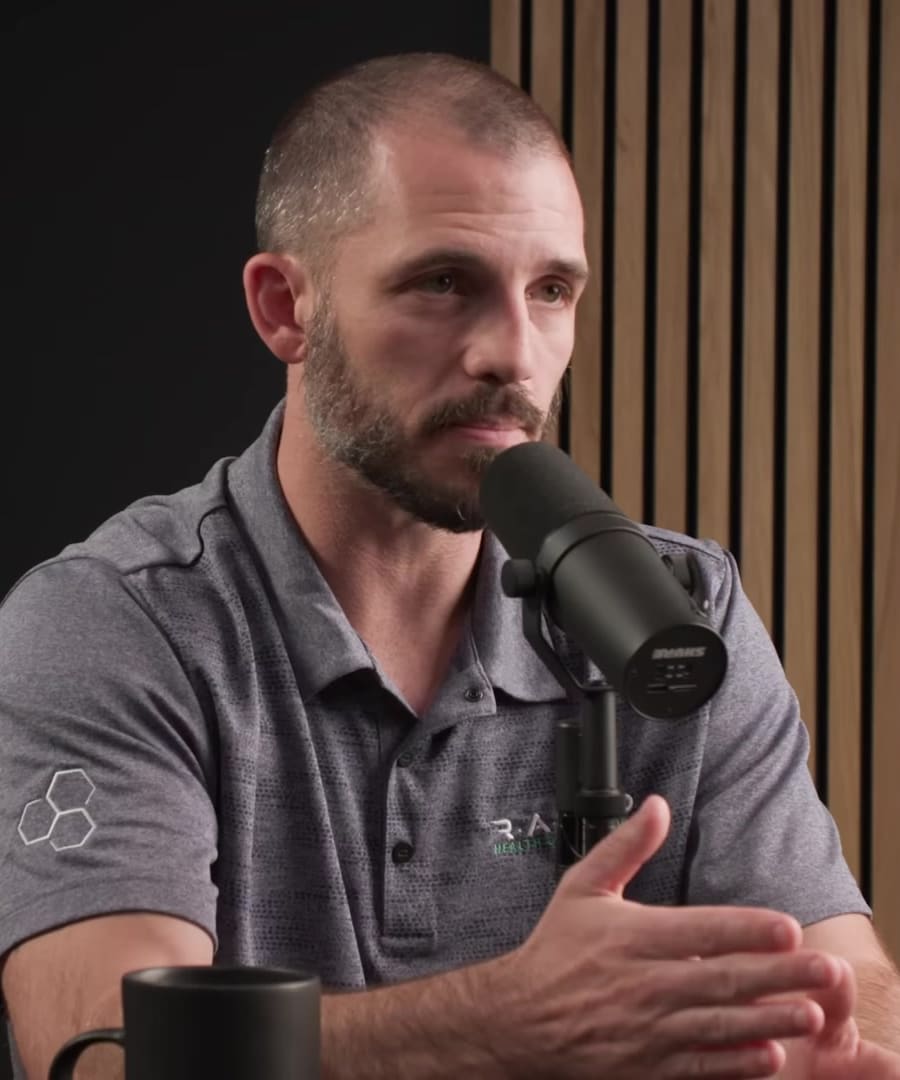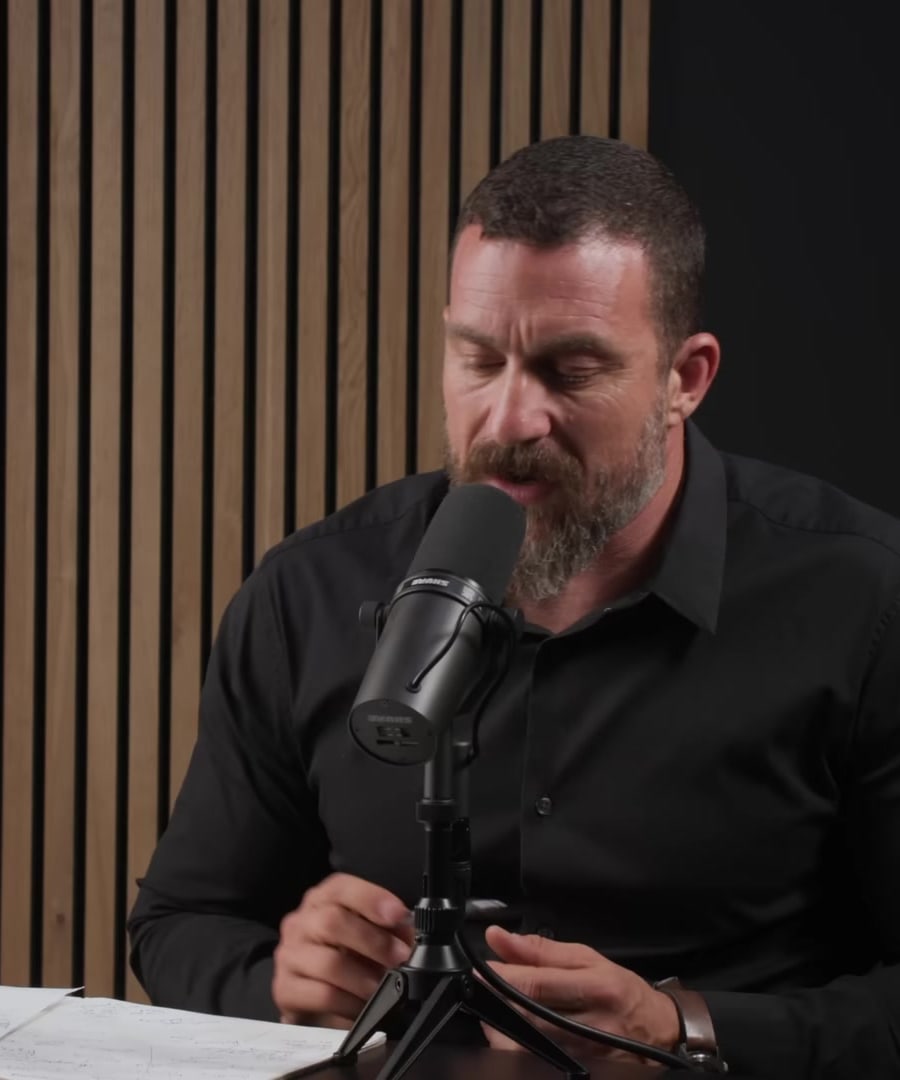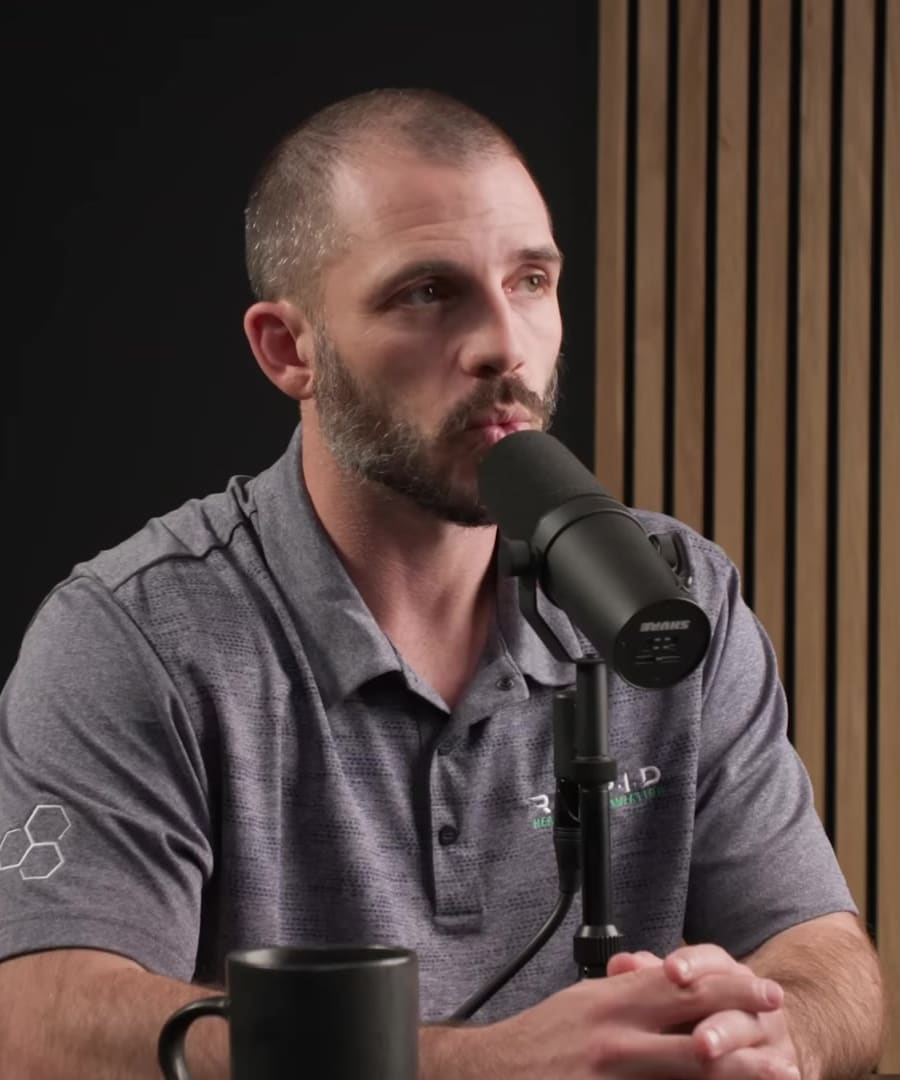How to maximise strength gains and optimise recovery from strength training. I am a conditioned callisthenics athlete and I already take creatine
Sources:
Maximizing strength gains and optimizing recovery is crucial for achieving fitness and exercise performance goals. mentions that while workouts trigger adaptations such as strength and hypertrophy, the actual progress occurs during recovery, similar to how the nervous system rewires after learning experiences 1. emphasizes the balance between bringing stress into the system for adaptation and ensuring that recovery outpaces the stress input to prevent negative effects and overtraining 1.
To enhance recovery, it's important to focus on several strategies, including monitoring stress levels and employing different recovery techniques. Upcoming conversations on the of the will delve into detailed tools, tactics, nutrition, and supplementation that aid recovery, which will be essential in optimizing your training process.
In addition, since you already take creatine, which is known for its benefits in increasing strength and enhancing recovery, consistently monitoring your training intensity and ensuring adequate rest and nutrition will be key factors. Stay tuned for more insights from the Huberman Lab on these topics to further support your strength gains and recovery strategies as a conditioned callisthenics athlete.
RELATED QUESTIONSSummarize Dr. Andy Galpin: Maximize Recovery to Achieve Fitness & Performance Goals | Huberman Lab
Sources:
In the , discusses various factors that contribute to effective recovery from strength training. Key points from the episode include:
- Hormetic Stressors: Exercise leads to an increase in inflammation, oxidative stress, and autophagy, which although potentially problematic in a clinical setting, reflects positive adaptation to training in a performance setting 1.
- Acute State Shifters: These are tricks that can instantly improve recovery metrics on a bad day, such as physical movement and breathing techniques 2.
- Training Recovery: The ability to recover can be trained. Regularly pushing the limits a little beyond what is comfortable ensures the recovery system doesn't atrophy, similar to how mental focus can be sharpened 3.
- Hidden Stressors: Periodically checking blood work and body fat can reveal underlying stressors and help understand changes in recovery needs and adapt training accordingly 4.
- Measuring Resilience: You can scientifically measure biological resilience to stress, with the idea that the more you expose yourself to stress (nutrition, training, breathwork), the better you get at recovering from it 5.
Utilizing these insights and practices can help you maximize strength gains while optimizing your recovery process.
RELATED QUESTIONSSummarize Dr. Andy Galpin: Maximize Recovery to Achieve Fitness & Performance Goals | Huberman Lab
Sources:
In the , the conversation with centers around the following key points:
- The concept of exercise as a hormetic stressor is discussed, highlighting that while exercise increases inflammation and oxidative stress, these are in fact positive adaptations to training 1.
- Acute state shifters are strategies that can quickly improve recovery metrics, such as physical movement or specific breathing techniques 2.
- The idea that recovery ability can be trained is explored, suggesting that like training muscles for strength, the body's recovery systems can be improved through deliberate practice 3.
- Hidden stressors that can impact recovery are covered, with a recommendation to use periodic blood work to reveal underlying issues that may affect recovery 4.
- The possibility of measuring biological resilience to stress is brought up, with the aim of understanding and improving the body's response to stress and recovery from it 5.
The episode dives deep into understanding the multifaceted nature of recovery in training and provides insights on how to enhance the body’s ability to bounce back from the stresses of exercise for improved fitness and performance.
RELATED QUESTIONSSummarize Dr. Andy Galpin: Maximize Recovery to Achieve Fitness & Performance Goals | Huberman Lab
Sources:
The with discusses key themes around recovery and performance:
-
Hormetic Stressor: Exercise is emphasized as a hormetic stressor; while it increases inflammation and oxidative stress, these are positive adaptations to training for improving endurance and total blood volume 1.
-
Acute State Shifters: Strategies that can quickly change recovery metrics like heart rate variability (HRV) are introduced. These include physical movement and specific breathing techniques that can momentarily enhance performance even on a "bad" fitness day 2.
-
Training Recovery Ability: The episode covers whether the body's recovery systems can be trained, likening the concept to training focus. The ability to recover from stressors might improve with practice, enhancing overall resilience 3.
-
Hidden Stressors and Blood Work: Dr. Galpin talks about using blood work to uncover hidden stressors that might affect recovery. Regular testing can help track changes related to overreaching, overtraining, nutrition, and overall health 4.
-
Biological Resilience Measurement: There's a discussion on how one can measure and train biological resilience. Improving one's resilience can aid in better coping with stress and maintaining performance under varying circumstances 5.
The episode gives detailed insights into understanding the various factors that influence recovery and how individuals can take proactive steps to monitor and enhance their recoverability for better fitness and performance outcomes.
RELATED QUESTIONS-
Ask follow-up questions about fitness recovery
Sources:
Here are some follow-up questions about fitness recovery based on the information and topics discussed in the :
- Muscle Soreness: How can cooling technology affect muscle soreness and recovery after intense workouts?
- Recovery and Performance: What is the relationship between the amount of stress caused to muscle during training and the recovery time needed for muscle growth and performance?
- Balance of Activity and Recovery: What should the ratio of recovery time be in relation to the intensity and volume of a fitness regimen? Is there a gold standard or does it vary by individual?
- Recovery Methods: What are some effective recovery techniques that can be quickly implemented to change recovery metrics like heart rate variability (HRV)?
- Role of Blood Work: How can regular blood work assist in identifying hidden stressors affecting recovery, and what markers should one pay attention to?
For those interested in exploring the questions further, a clip from an episode with discusses the phenomenon of delayed onset muscle soreness (DOMS), the role of cooling technology in reducing soreness, and its surprising effects on golf performance. Cooling after intense workouts appears to reduce muscle soreness and aid in quicker recovery 1.
Additionally, an episode with touches on the broader concept of work-life balance and the importance of allocating sufficient time and energy to recovery, not just physical but also mental and emotional, relative to the time spent on fitness activities. Recovery is highlighted as an essential component of a balanced lifestyle, and it should constitute a significant portion of an individual's routine, especially if they are highly active 2.
RELATED QUESTIONSWhat are some effective recovery techniques that can be quickly implemented to change recovery metrics like heart rate variability (HRV)?
Sources:
recommends consistency in measuring heart rate variability (HRV) to ensure accurate tracking of your recovery status. To do this, you should measure HRV under the same circumstances every day, usually first thing in the morning after using the bathroom but before any other activities, like eating or checking your phone, which can influence stress. He also notes that changes in HRV happen naturally, so it's important to become familiar with your own HRV patterns and understand what constitutes a significant change for you. He suggests taking HRV measurements for at least a month before using the values to make any routine adjustments to your recovery techniques 1.
Unfortunately, this clip doesn't provide specific recovery techniques that can immediately affect HRV. For actionable recovery methods that can quickly impact HRV, you might want to explore additional content from the . Techniques such as meditation, breathing exercises, sleep improvement strategies, and active recovery methods like light exercise on rest days are commonly discussed in wellness conversations and could potentially influence HRV as part of a recovery routine.
RELATED QUESTIONSCould you provide some specific techniques to improve heart rate variability?
Sources:
To improve heart rate variability (HRV), here are some specific techniques suggested by :
- Regular Cardiovascular and Resistance Exercise: Engaging in both forms of exercise can be beneficial for HRV 1.
- Quality Sleep: Ensuring sufficient and quality sleep each night aids in maintaining good HRV 1.
- Respiratory Sinus Arrhythmia: This involves using your breathing to modulate your heart rate. Inhales tend to speed up the heart, while exhales slow it down, with the exhales being mediated by the vagus nerve. The vagus nerve is involved in activities that improve HRV. describes this mechanism in more detail and discusses its implications for mental health 1.
- Breathing Techniques: Adjust your breathing in real-time to improve HRV. For instance, making your exhales longer or more intense than your inhales can help to slow your heart rate down if you feel it's racing 2 3.
- Physiological Sigh: Doing a physiological sigh, which is two short inhales followed by an extended exhale, can be used to calm or bring heart rate down. A practice of five minutes per day of cyclic physiological sighing has shown the most positive outcomes for improving mood and mental health, alongside improving autonomic function and HRV 4.
- Listening to Music: Music that you enjoy can activate the parasympathetic nervous system, which helps in increasing HRV. Listening attentively to music for about ten to 30 minutes daily can enhance HRV throughout the day and even during sleep 5.
These techniques engage various aspects of the body's autonomic system to improve HRV, which is a marker for good physical and mental health.
RELATED QUESTIONS
How to maximise strength gains and optimise recovery from strength training. I am a conditioned callisthenics athlete and I already take creatine
- RELATED QUESTIONS
Summarize Dr. Andy Galpin: Maximize Recovery to Achieve Fitness & Performance Goals | Huberman Lab
- RELATED QUESTIONS
Summarize Dr. Andy Galpin: Maximize Recovery to Achieve Fitness & Performance Goals | Huberman Lab
- RELATED QUESTIONS
Summarize Dr. Andy Galpin: Maximize Recovery to Achieve Fitness & Performance Goals | Huberman Lab
- RELATED QUESTIONS
Ask follow-up questions about fitness recovery
- RELATED QUESTIONS
What are some effective recovery techniques that can be quickly implemented to change recovery metrics like heart rate variability (HRV)?
- RELATED QUESTIONS
Could you provide some specific techniques to improve heart rate variability?
- RELATED QUESTIONS













